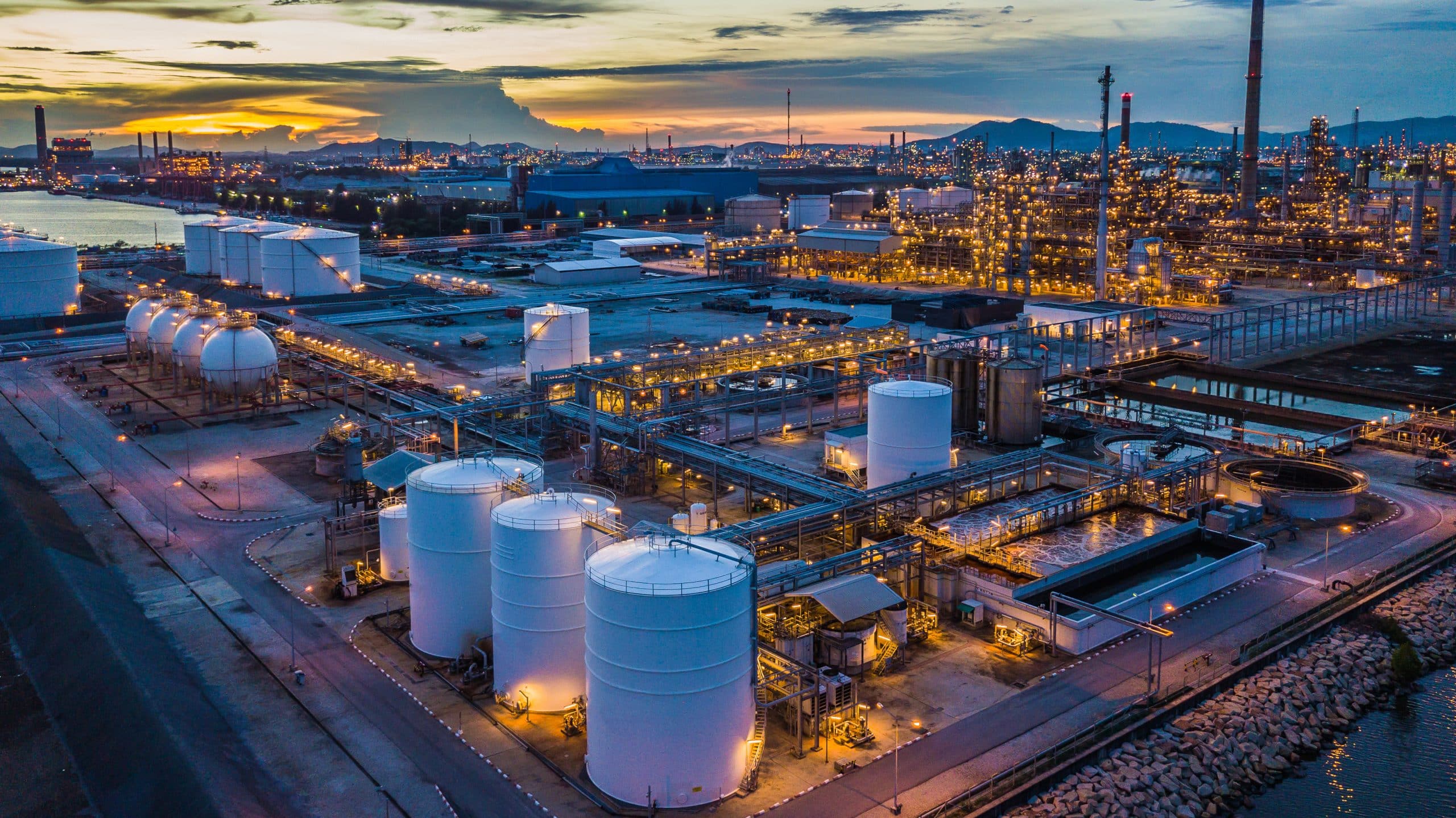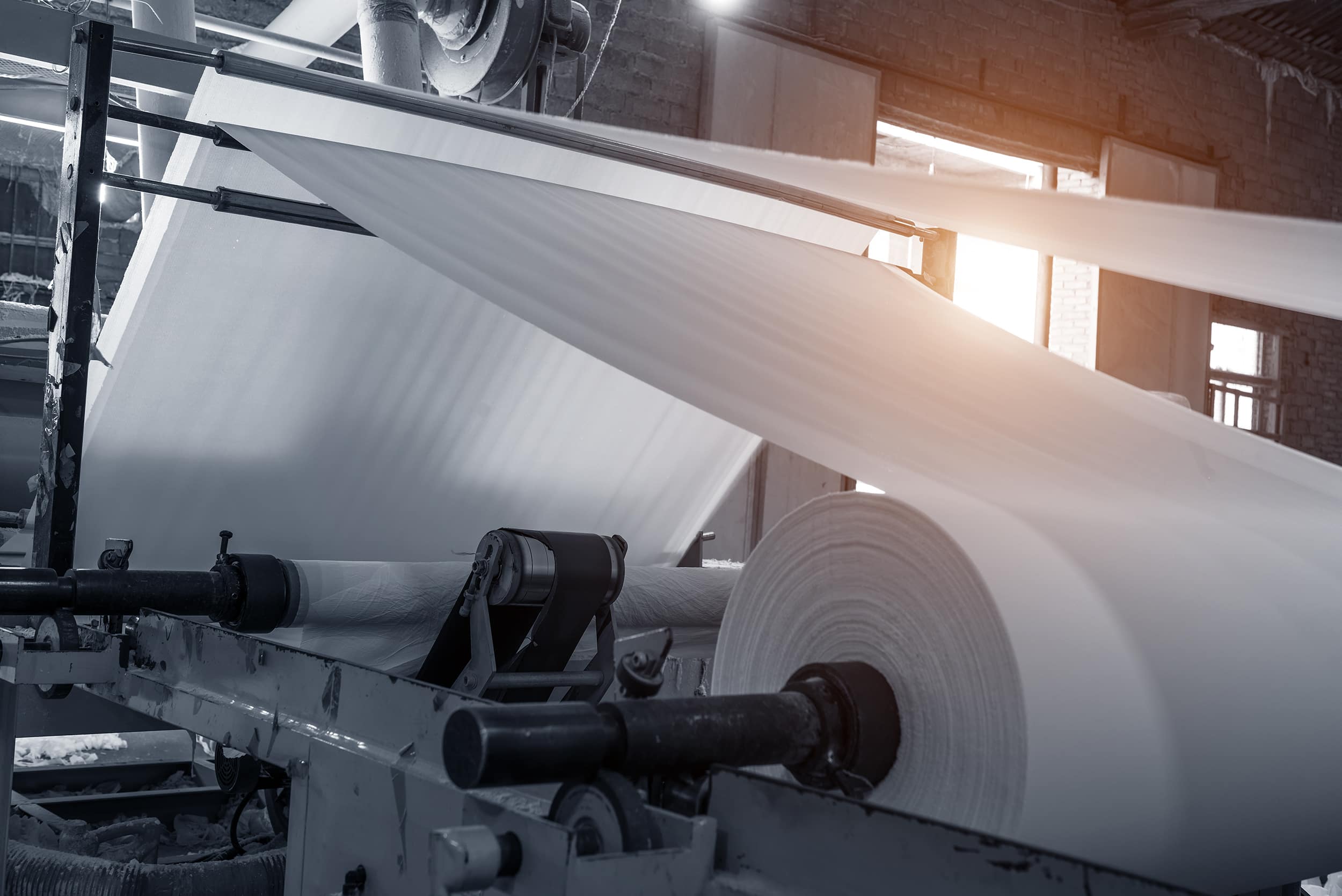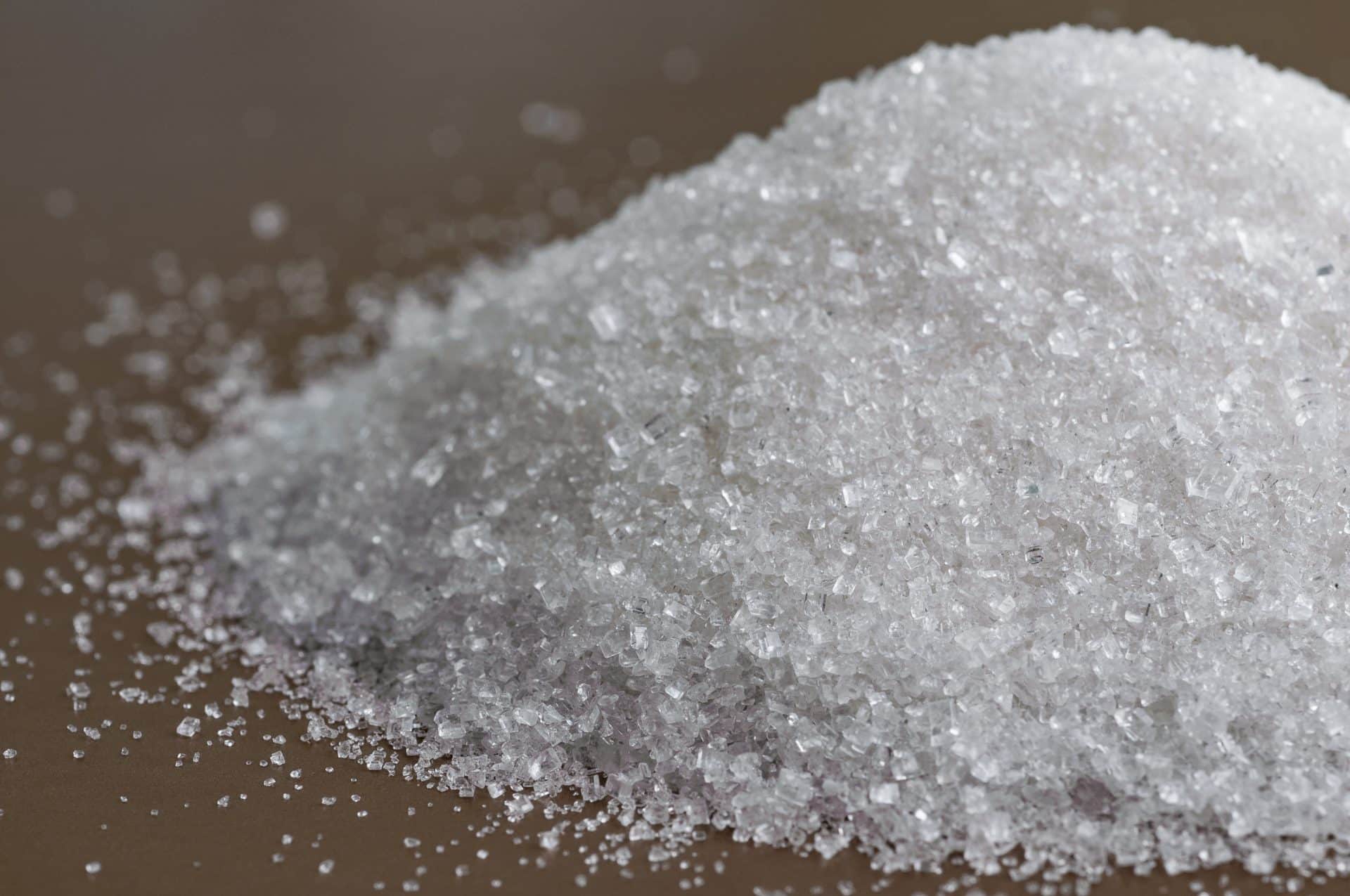Home Industrial Minerals manufacturing industry
The manufacturing industry
Magnesia is an additive that is very often used in the manufacturing industry. Its exceptional properties allow it to meet several needs, such as the fight against corrosion, the removal of impurities, the adjustment of alkalinity or the gradual increase of the pH. At Terresis Industrial Minerals, we are constantly innovating to support a wide variety of sectors, from sugar production to ore extraction, leather tanning and pulp.
Boiler additives
The use of boilers is widespread in the industrial sector, especially in the chemical and petrochemical fields: boilers are used to produce steam in order to drive turbines and generate energy. However, the combustion of oil or coal in these boilers produces corrosive by-products, rich in sulfur and heavy metals, which can corrode equipment and damage metal surfaces.
The addition of ultra-fine and reactive magnesium oxide, hydroxide or carboxylate prevents these corrosion phenomena, whether they occur at low or high temperatures (cold-end and hot-end corrosion). Used as neutralizing agents or detergents, these additives significantly reduce corrosion problems, while helping to limit the accumulation of slag in the boiler, reduce the opacity of the fumes and reduce the acid plumes emitted by the boilers.


Hydrometallurgy
A major technique in extractive metallurgy, hydrometallurgy is based on the use of chemical processes to extract metals from ores. It includes several processing steps aimed at recovering the metal and removing impurities by selective precipitation. This technique is usually done by adjusting the pH using alkaline reagents, such as magnesia. Compared to lime or caustic soda, magnesia offers reliable and progressive pH control, which allows for better recovery of the metal – such as nickel, copper, cobalt or uranium – increasing the quality of the precipitate and reducing the presence of undesirable metals in the tailings.
At Terresis Industrial Minerals, we have developed a specific range of high-reactivity oxides for this particularly demanding application to ensure a high recovery rate and selectivity.
Leather tanning
Tanning is an essential step to stabilize the collagen fibers of animal skins and make them durable over time. Based on the use of chromium salts, mineral tanning is undoubtedly the most widespread method: introduced at an acidic pH, chromium salt forms chromic complexes that penetrate the skin and fix the collagen fibres. A basifying agent is then added to gradually raise the pH, allowing the permanent fixation of the chromium and giving a supple, stable and resistant leather, also called wet blue.
Thanks to its physicochemical properties, magnesia is an excellent basifying agent. Its low solubility allows a gradual rise in pH, avoiding the appearance of stains, discolorations or incomplete fixation of chromium. At Terresis Industrial Minerals, we offer magnesia adapted to the leather industry. Thanks to its unique grain size, low iron content and controlled reactivity, it guarantees optimal chromium fixation, reduces losses and improves the final quality of the leather, while simplifying production processes. Magnesia can also be used as a precipitant in innovative chromium recovery processes.


Paper pulp
To produce pulp from wood chips, two methods are used: the mechanical process or the chemical process. The latter is based on the use of reagents capable of dissolving the lignin and hemicellulose present in the wood, thus offering a better separation of the cellulose fibers. The result is a paste of better quality than that obtained via the mechanical process. When firing wood chips with sulphuric acid, magnesia plays an essential role: used as an alkaline agent, it improves the shine of the paper before bleaching while making the process more virtuous.
Magnesium sulphate and hydroxide are also used in the bleaching process, where magnesium acts as a protector of cellulose and limits the consumption of chemical reagents.
At Terresis Industrial Minerals, we offer a comprehensive and competitive portfolio of magnesium products for the paper industry.
Sugar refining
In sugar beet and sugarcane refineries, sucrose extraction follows several steps: juicing, sieving, clarification and evaporative crystallization. In the juice clarification phase, magnesia can be used as an alternative to sodium carbonate and caustic soda in the manufacture of beet sugar, as well as a partial substitute for lime in the manufacture of cane sugar.
In addition to being safe to handle, it allows alkalinity and pH to be adjusted in a gradual and controlled manner: magnesia accelerates crystallization, facilitates the separation of raw sugar and offers a superior neutralization capacity, 1 ton of magnesia can replace 2 tons of sodium carbonate. In cane sugar production, it has other advantages, such as reducing equipment scaling, improving clarification and pH stabilization.
For all these applications, we have developed a range of solutions tailored to the requirements of the manufacturing industry, whether in terms of quality, performance or sustainability.







